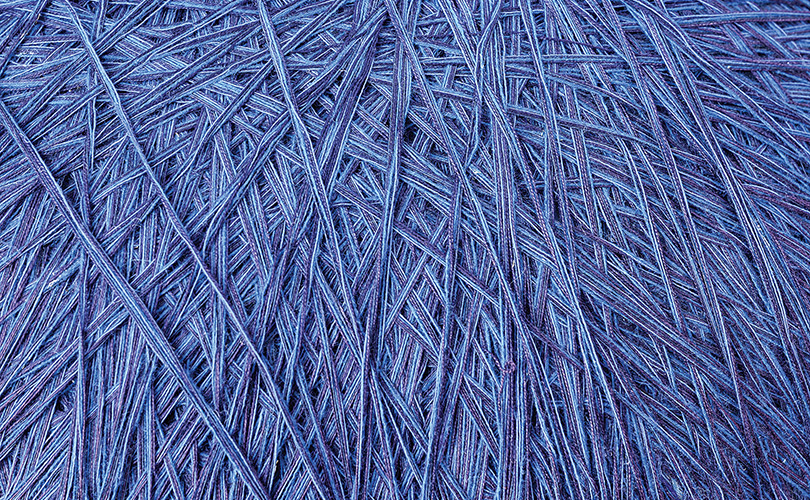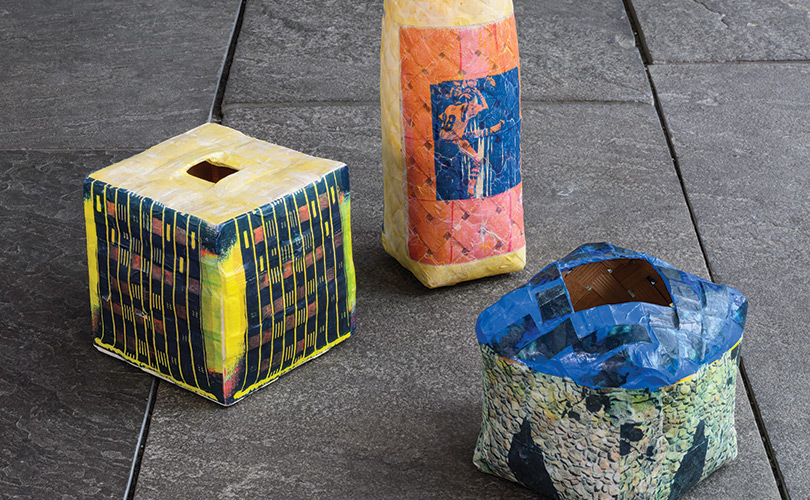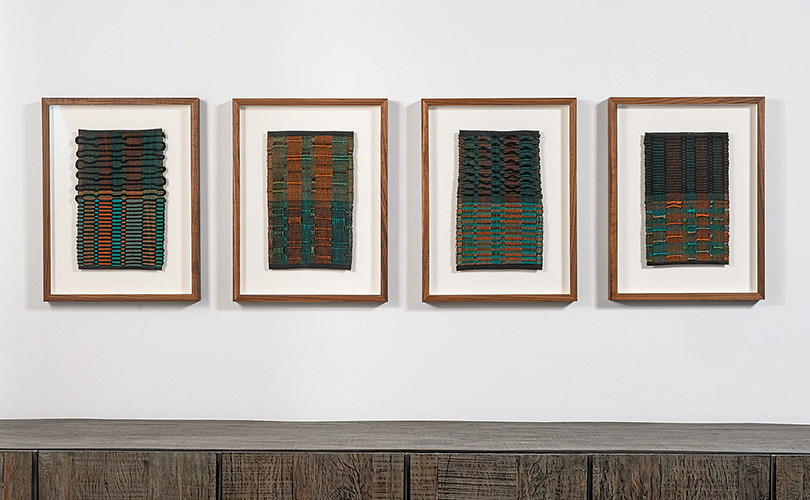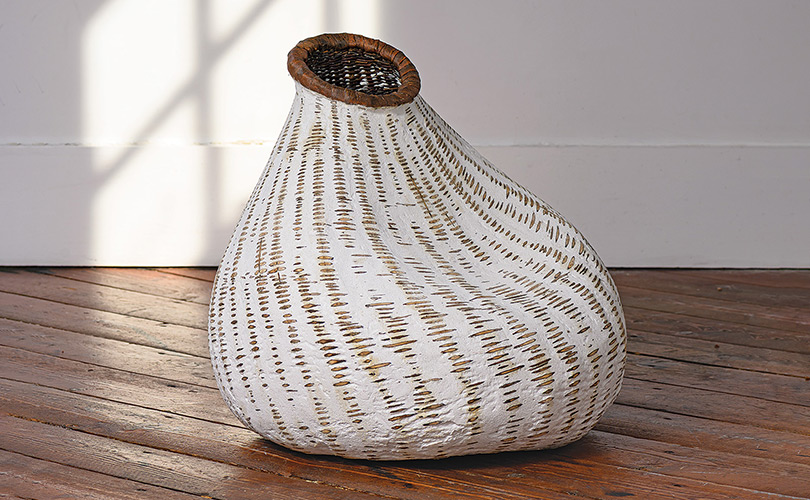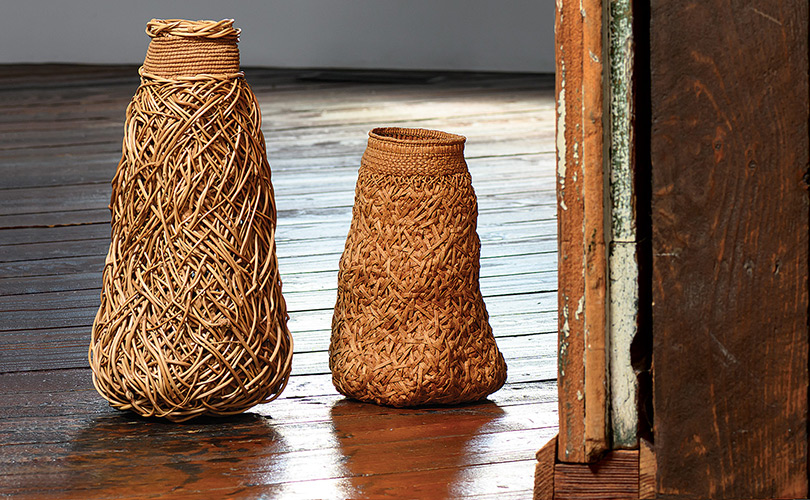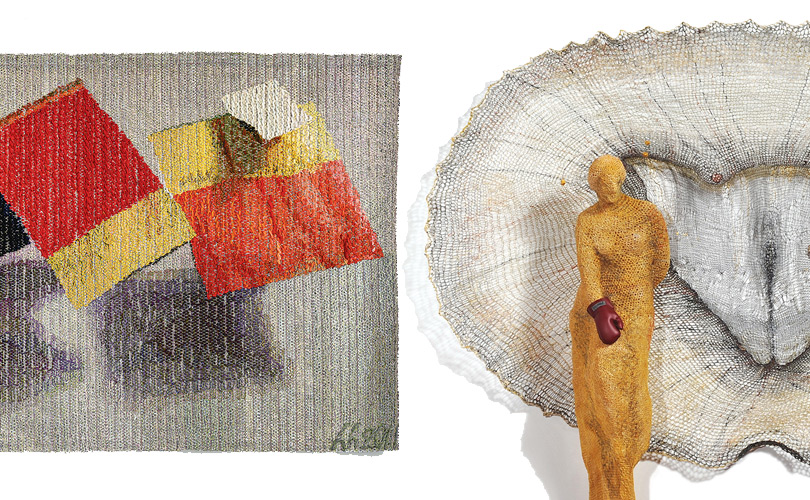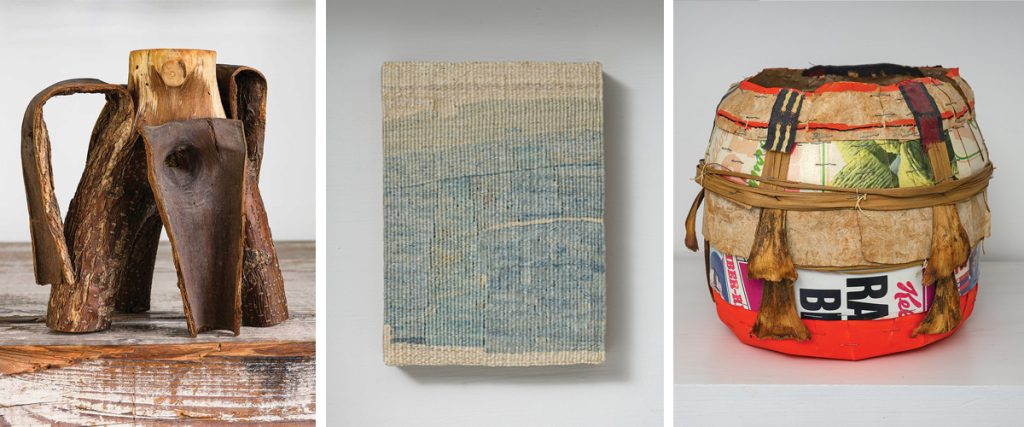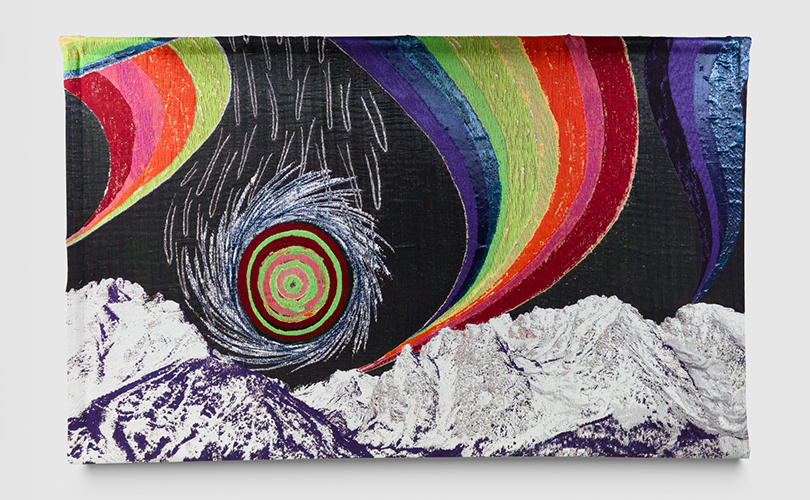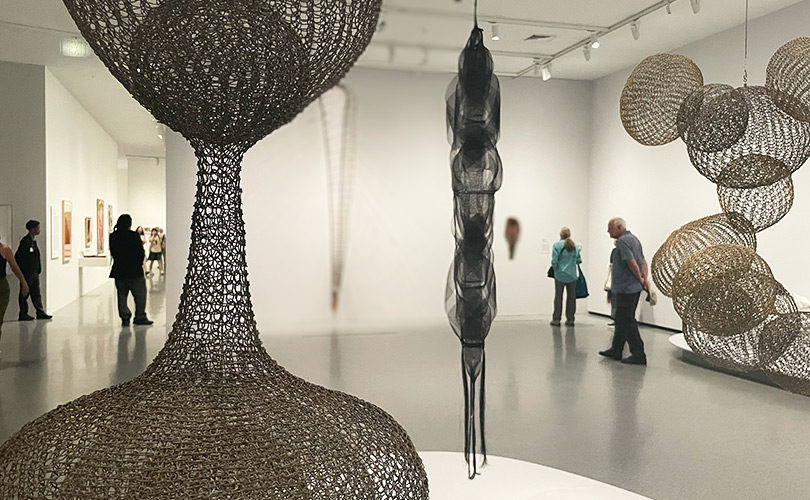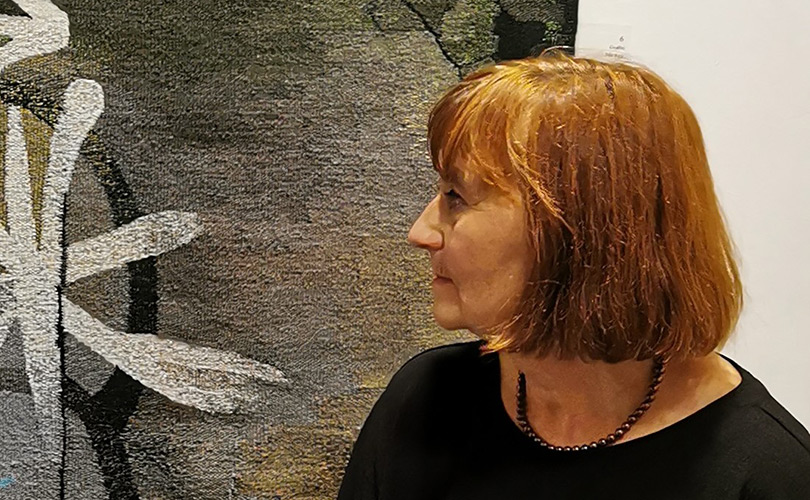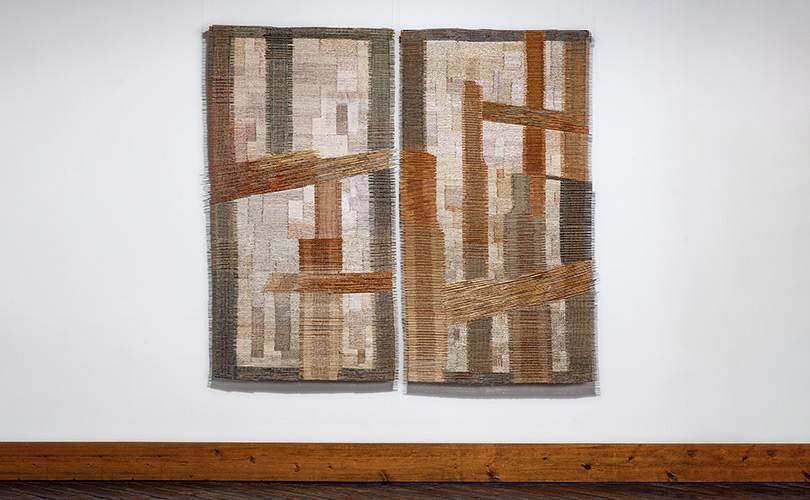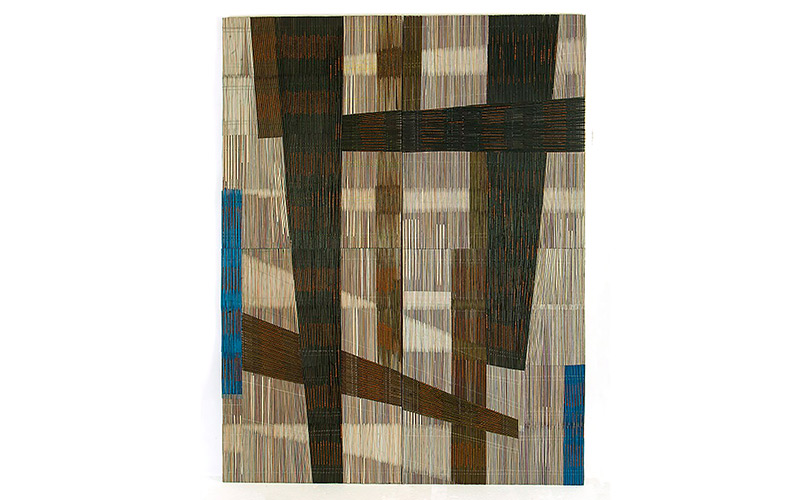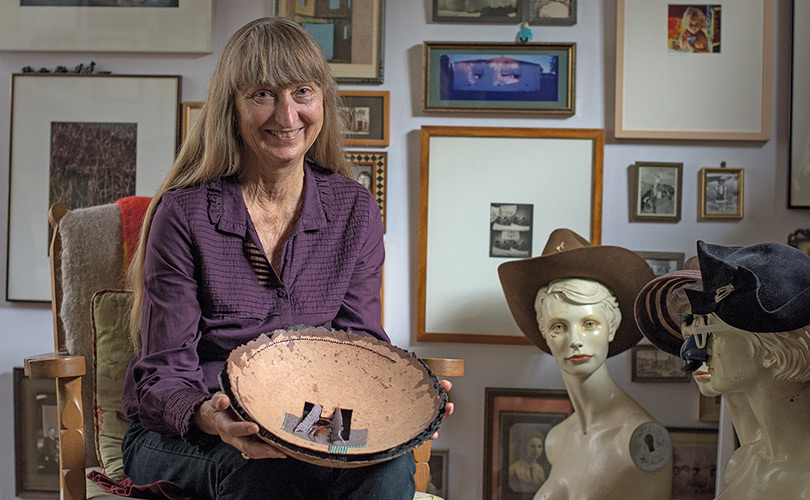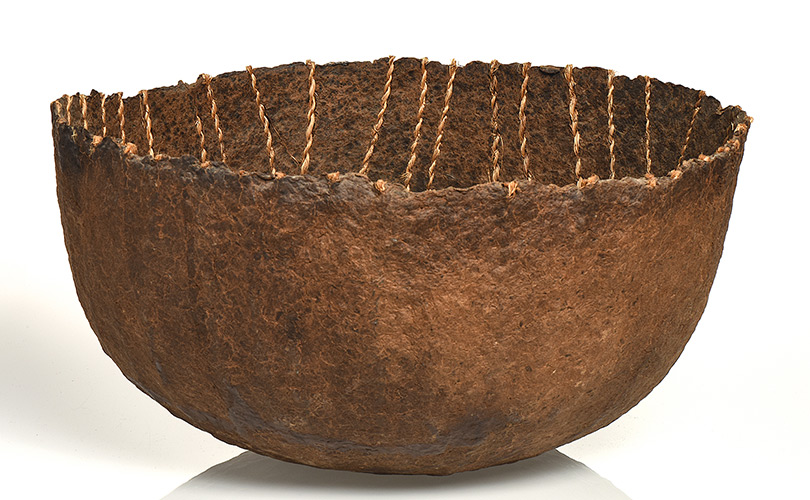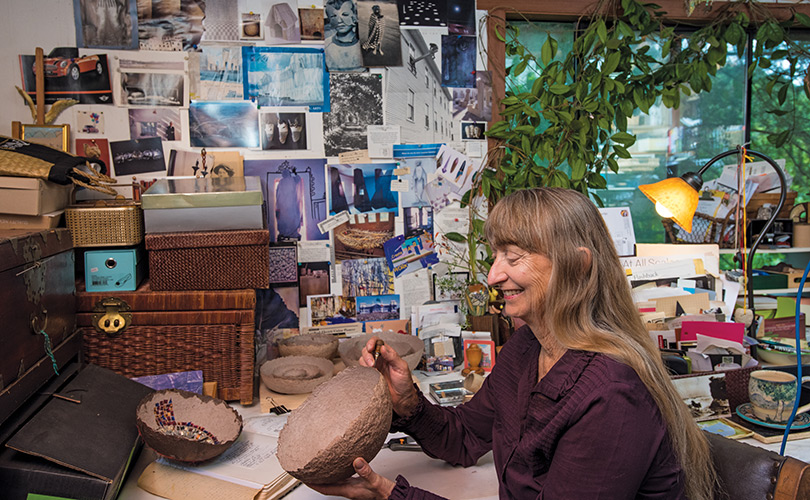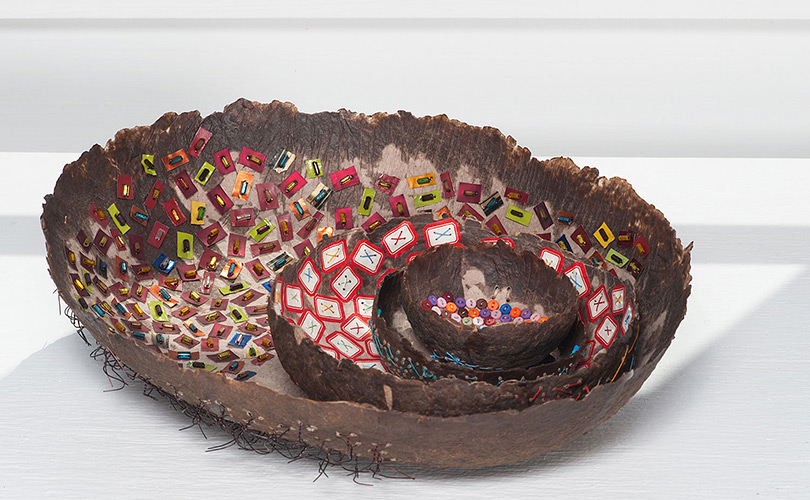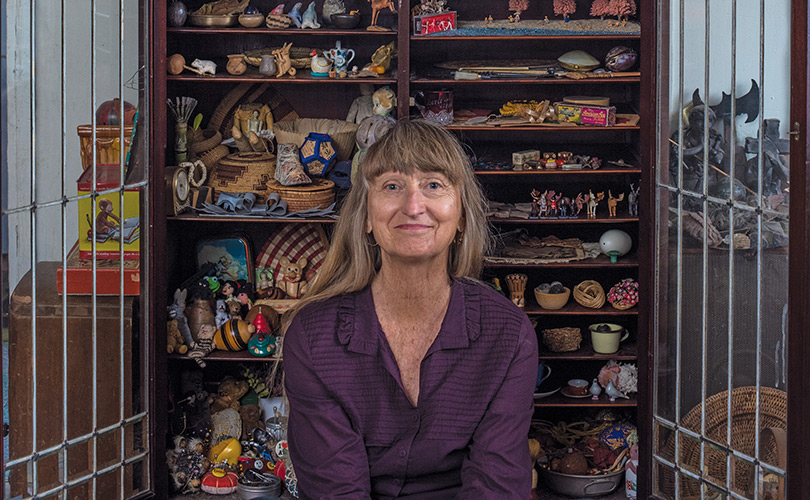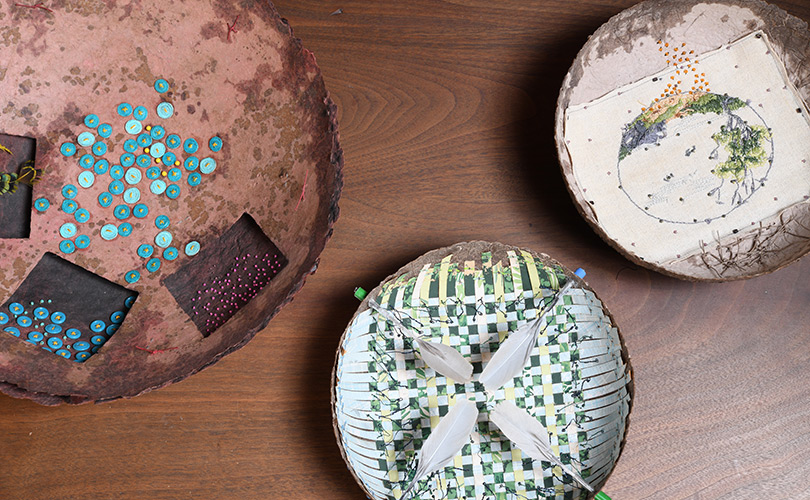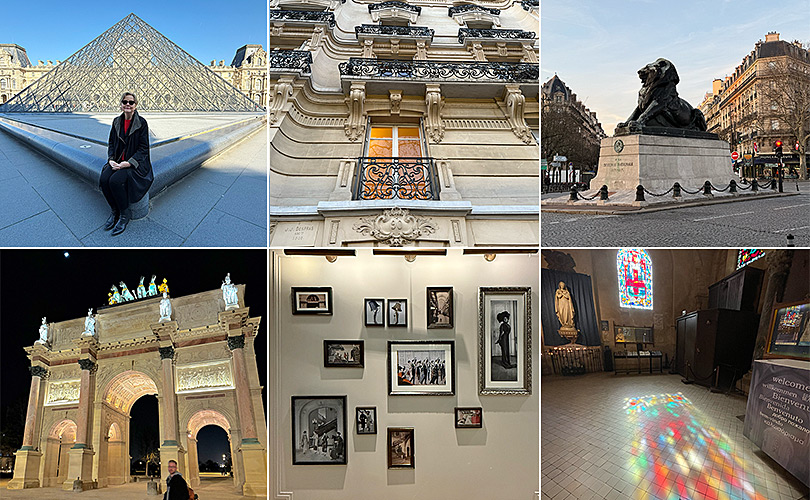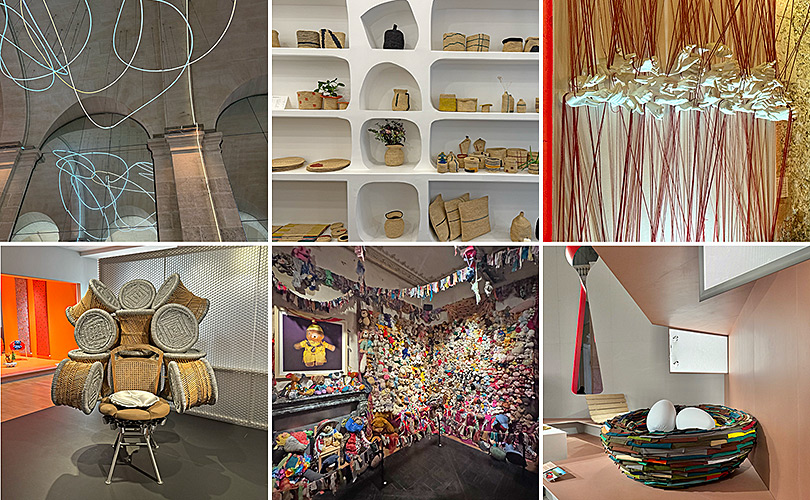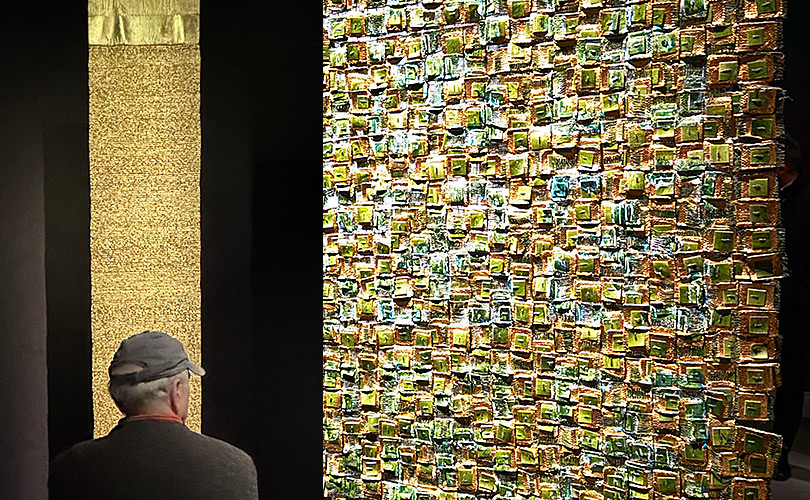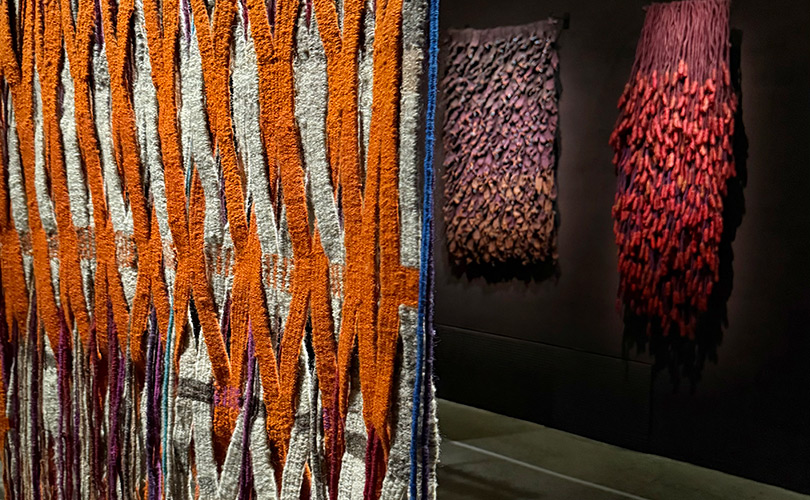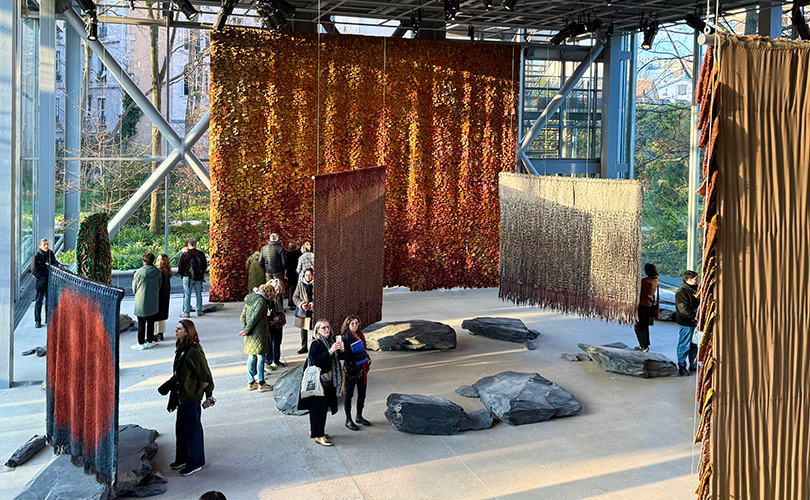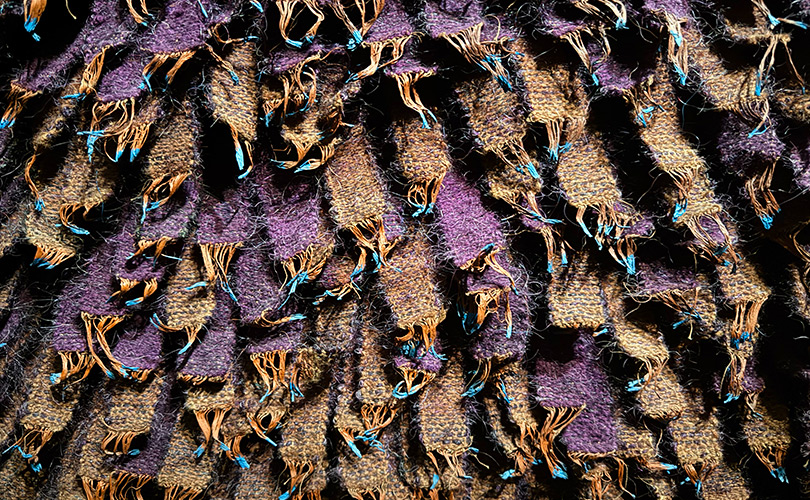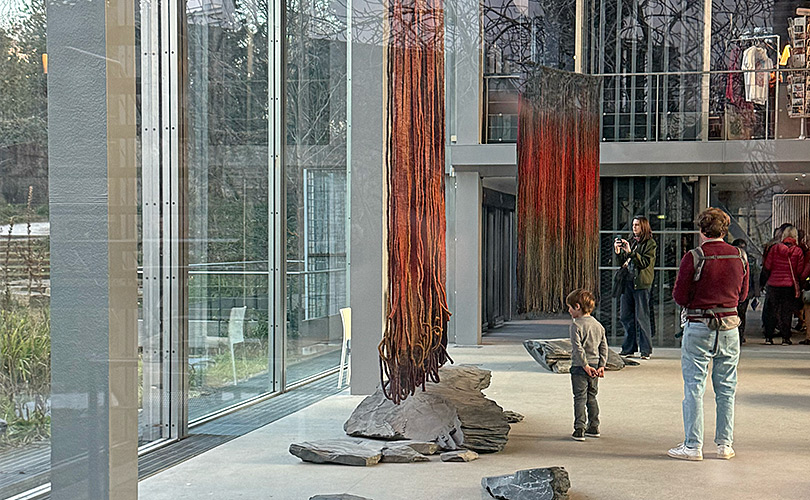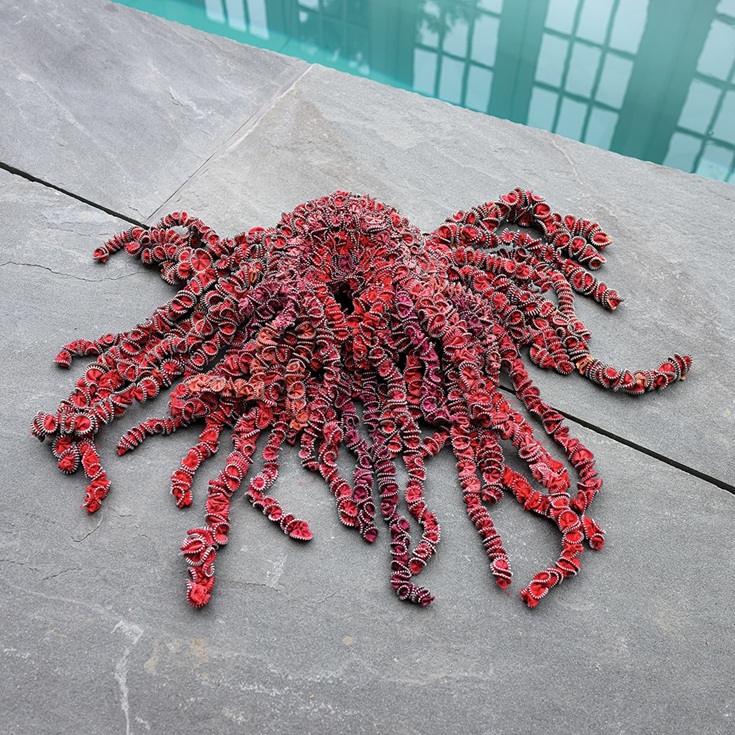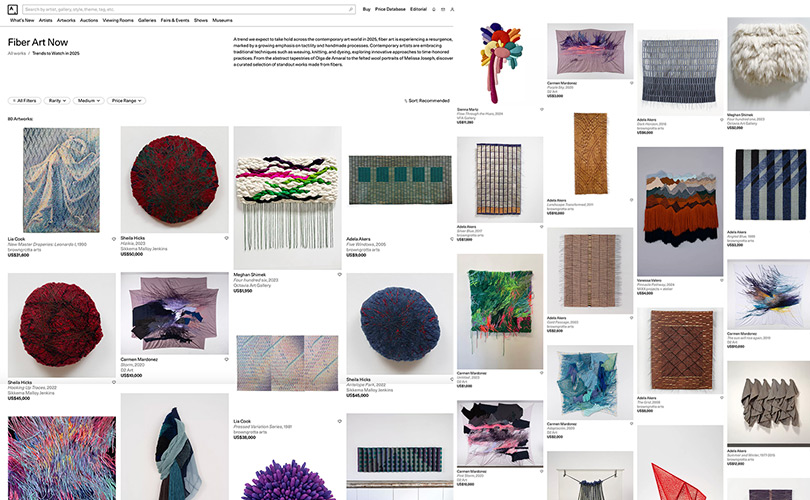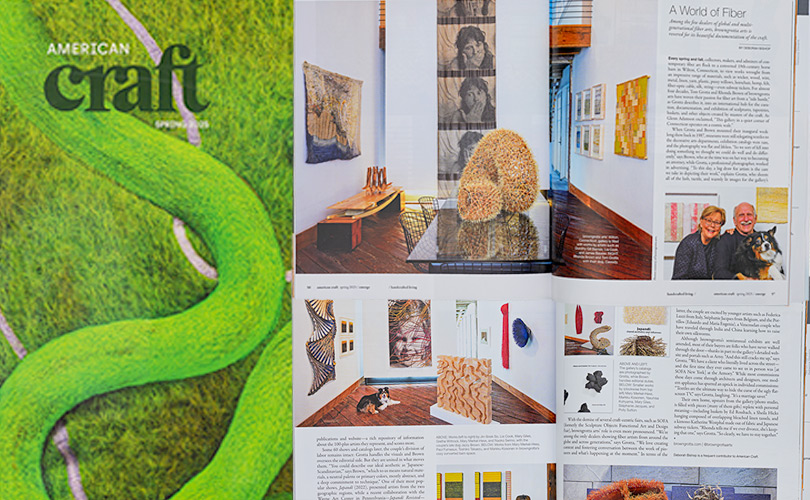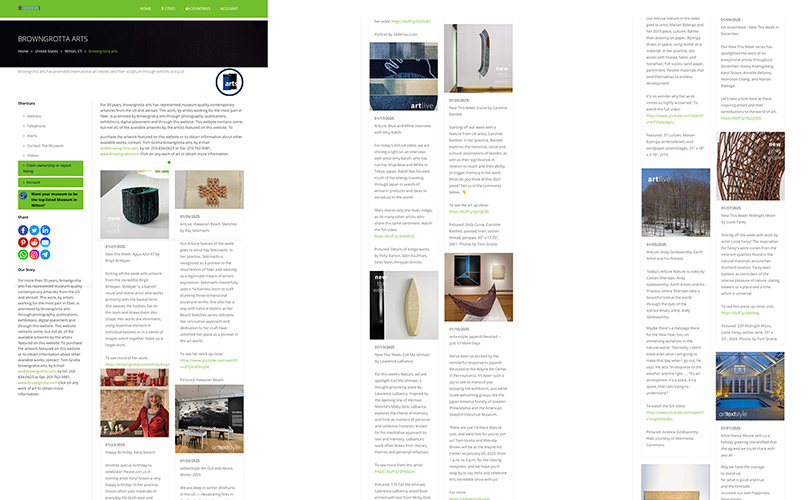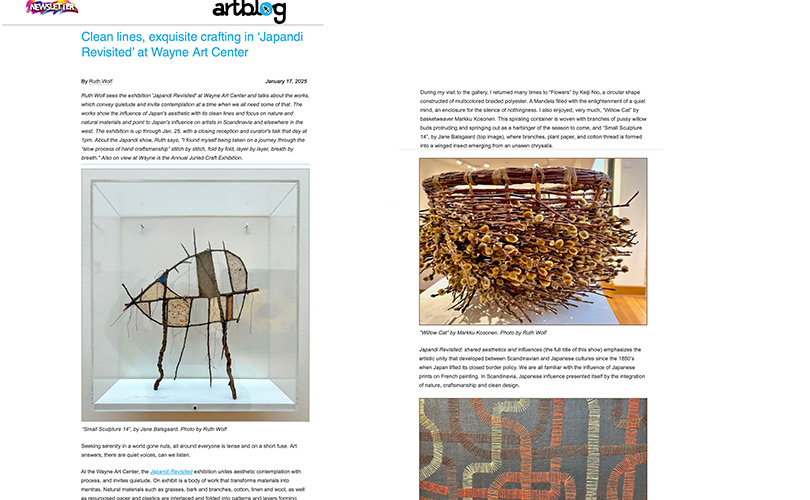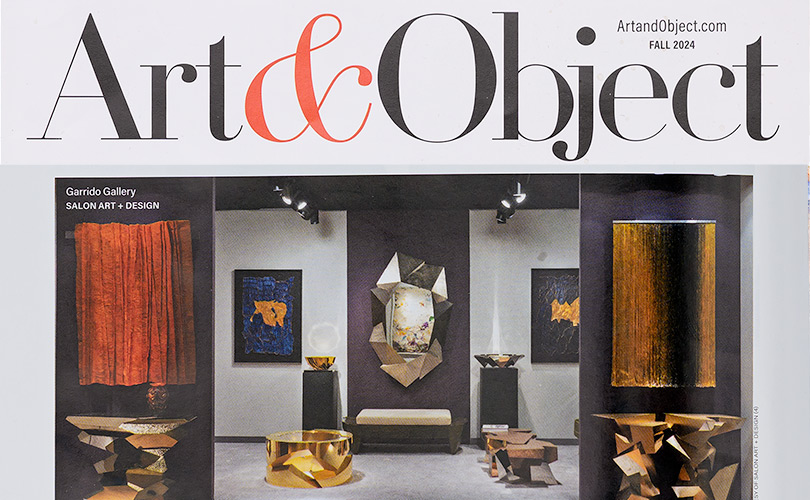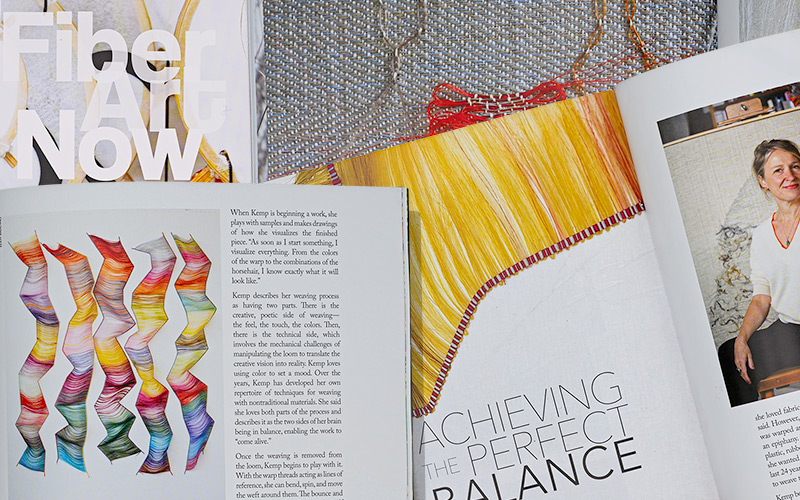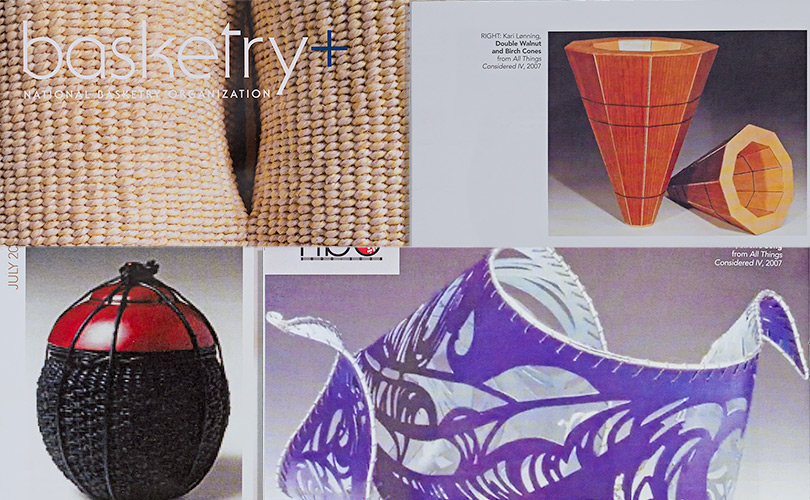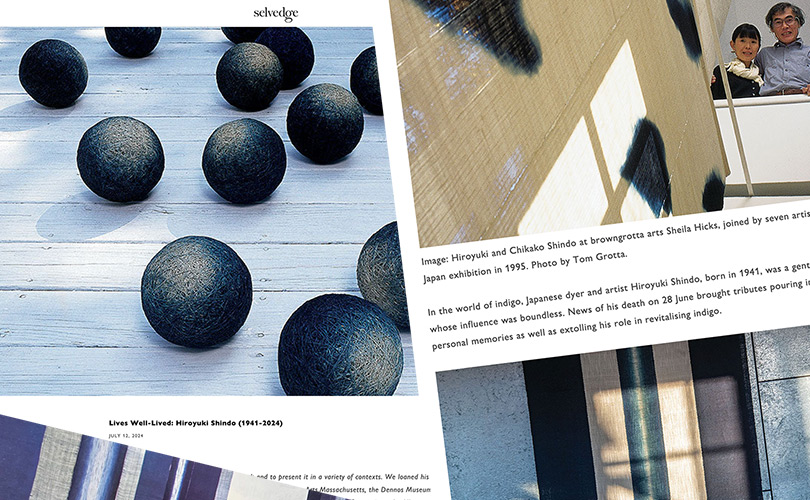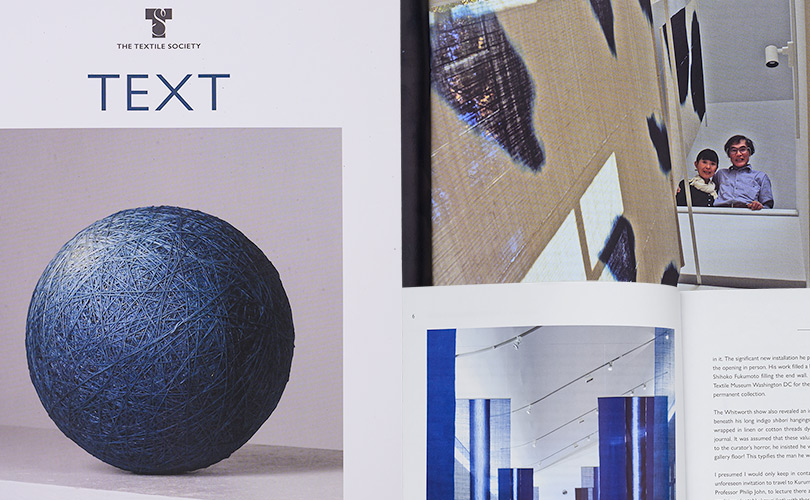There is an abundance of art to see on your trip to or from Field Notes: an art survey at browngrotta arts in Wilton, Connecticut next month (May 3 – 11).
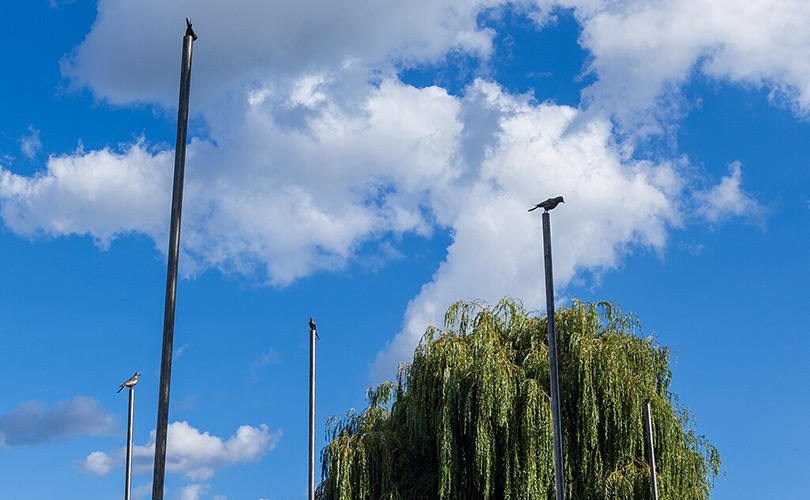
Coming from the east? The first major presentation of Tracey Emin’s work in a North American museum is currently at the Yale Center for British Art in New Haven, Connecticut. The exhibition, Tracey Emin: I Loved you Until Morning, features paintings from 2007 to the present. Together, the works demonstrate the artist’s unflinching commitment to challenging conceptions of female experience.

While you are in New Haven, you can also see a 10-foot-tall pyramid made of hundreds of thin tree branches that has been installed in the Yale Art Gallery’s Margaret and Angus Wurtele Sculpture Garden, Monument (Pyramid), a 2022 work by the prominent contemporary sculptor Maren Hassinger.
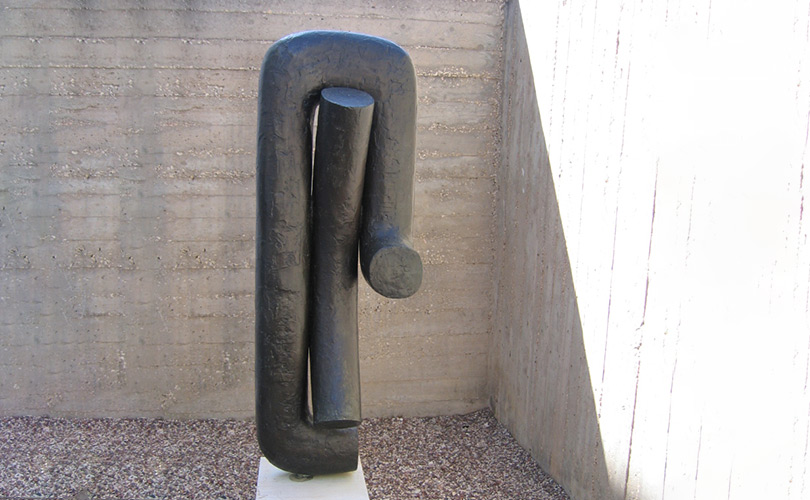
Coming from New York or other parts west? The Bruce Museum in Greenwich, Connecticut is hosting a very interesting exhibition of sculptures by Isamu Noguchi. Isamu Noguchi: Metal the Mirror, features a selection of nine galvanized steel sculptures, the exhibition is organized into thematic groupings that showcase the artist’s mastery of material, form, and texture. In the first, Noguchi imparts inanimate forms with human qualities, complicating the relationship between flesh and steel, body and mirror. Man-made material is transformed into representations of mountains, fruit, and sky in the second grouping, reflecting Noguchi’s belief that, in modernity, industry and nature are intertwined. A final trio of works reveals Noguchi’s ongoing interest in abstraction, bringing theoretical and spiritual ideas, weight and weightlessness, and past and present into visual conversation.
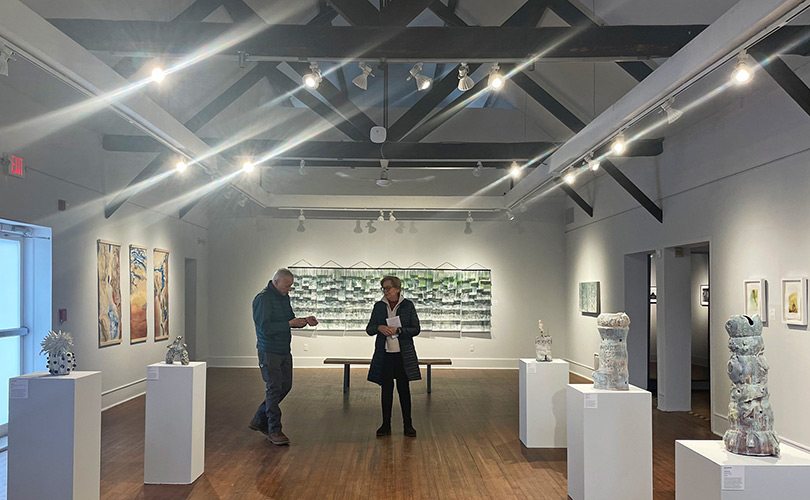
Coming to Wilton on May 10th? You can visit Field Notes and three other textile art exhibitions at the Silvermine Art Gallery in New Canaan, CT. Fiber 2025 has been juried by Tom Grotta and Rhonda Brown of browngrotta arts. An international exhibition, it seeks to showcase the best of contemporary fiber art, reflecting the breadth of functional or non-functional works that use fiber and/or fiber art techniques in traditional or innovative ways. In conjunction with Fiber 2025, are two exhibitions curated by browngrotta arts in the Silvermine Galleries: Masters of the Medium, CT, highlighting the work of acclaimed Connecticut artists Helena Hernmarck and Norma Minkowitz, and Mastery and Materiality: International, featuring work by 17 artists from nine countries, including renowned Jacquard weavers, accomplished embroiderers, and fiber sculptors who work in seaweed, bark, wire, paper straws, lead, and fish scales.

Coming to Field Notes another day during its 10-day run? You can see art in the neighborhood in New Canaan or Ridgefield. Barbara Kasten: Structure, Light, Land is at The Glass House in New Canaan — 8.4 miles away. For five decades, Chicago-based artist Barbara Kasten has created photographs and sculptural installations that reorient our sense of perception and explore the dynamic relationship between space, material, and form. Structure, Light, Land features Kasten’s work from multiple series, including Architectural Sites, Collisions, and Progressions, as well as new iterations of digital projections, cyanotypes, and sculptures. With a striking interplay of light, color, and form, Kasten’s work infiltrates the grounds of The Glass House and responds to the site’s varied built environment and landscape.
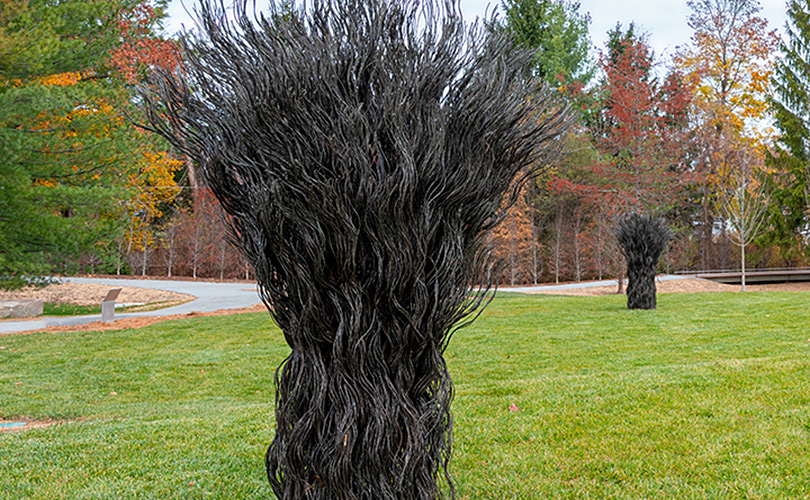
Or, visit A Garden of Promise and Dissent at the Aldrich Museum in Ridgefield, Connecticut, just 6.2 miles from browngrotta arts. The exhibition spans the grounds, featuring works by eight multigenerational artists who explore future gardens as embodiments of imagination and rebellion.
Looking forward to seeing you in May!
Exhibition Details:
Field Notes: an art survey
browngrotta arts
276 Ridgefield Rd
Wilton, CT 06897
May 3 – 11, 2025
Saturday, May 3rd: 11am to 6pm
Sunday, May 4th: 11am to 6pm
Monday, May 5th through Saturday, May 10th: 10am to 5pm
Sunday, May 11th: 11am to 6pmSafety protocols:
Reservations strongly encouraged.
No narrow heels please (barn floors)
https://browngrotta.com/exhibitions/field-notes
Fiber 2025
(juried by browngrotta arts)
Masters of the Medium: CT
Mastery and Materiality: International
(curated by browngrotta arts)
May 10 – June 19, 2025
Silvermine Galleries
1037 Silvermine Road
New Canaan, CT
Closed Sunday + Monday
https://browngrotta.com/events/events
Tracey Emin: I Loved You Until Morning
Through August 10, 2025
The Yale Center for British Art
1080 Chapel Street
New Haven, Connecticut 06510
Closed Monday
https://britishart.yale.edu/exhibitions-programs/tracey-emin-i-loved-you-until-morning
Isamu Noguchi: Metal the Mirror
Through November 16, 2025
The Bruce Museum
1 Museum Drive
Greenwich, CT 06830-7157
Closed Monday
https://brucemuseum.org/whats-on/isamu-noguchi-metal-the-mirror
Barbara Kasten: Structure, Light, Land
Through December 15, 2025
The Glass House Visitor Center + Design Store
199 Elm Street, New Canaan, CT 06840
Closed Tuesday + Wednesday
https://theglasshouse.org/pressrelease/barbara-kasten-structure-light-land-april-17-december-15-2025/
A Garden of Promise and Dissent
Through December 17, 2025
The Aldrich
258 Main Street
Ridgefield, CT 06877
Closed Tuesday
https://thealdrich.org/exhibitions/a-garden-of-promise-and-dissent-outdoor-installation


